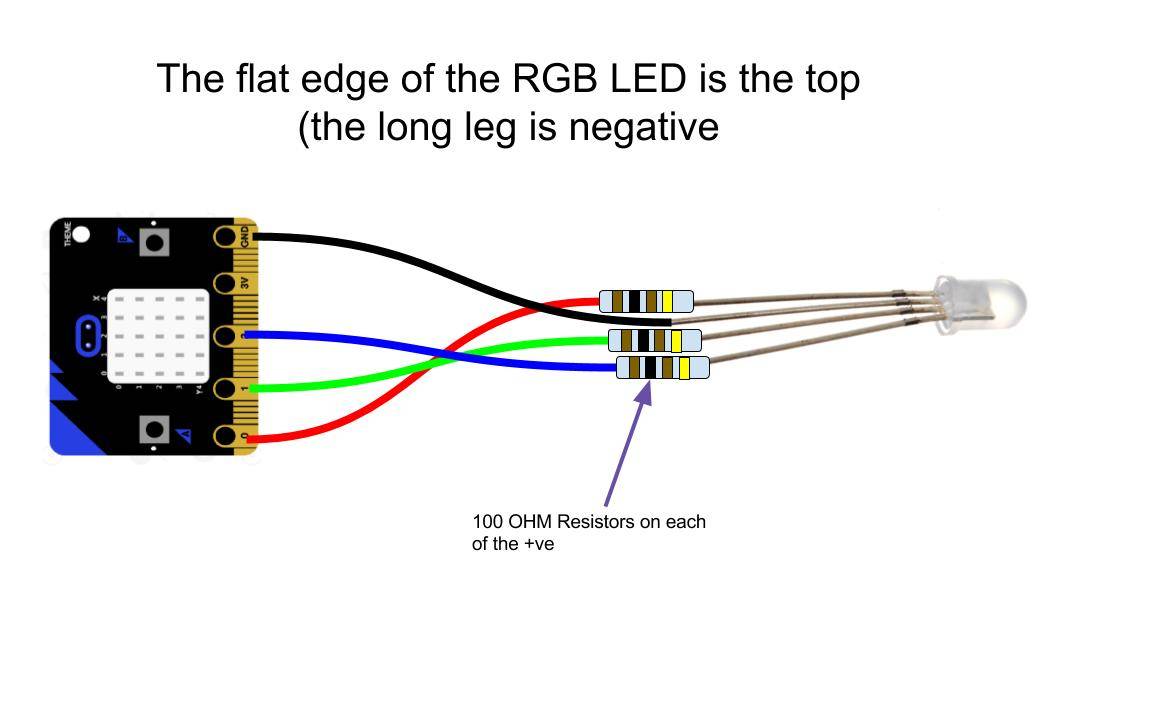

TAC (Total Area Coverage): This refers to the maximum total dot percentage (or 'ink build-up') of Cyan, Magenta, Yellow and Black ink permitted in the darkest black shadow area. You should never, ever, just convert blindly to 'CMYK' in Photoshop, etc., regardless of what you may read in Internet 'Help' forums! Not all CMYK is the same, and SWOP isn't the universal CMYK! Mistakes can be very expensive! The correct specification is usually achieved by ensuring that images are produced by converting, usually from the image's original RGB colour space, to the final CMYK colour space, by using the correct ICC press profile. In addition to specifying TVI (Dot Gain), Ink standards, SIDs (Solid Ink Densities), etc., they will usually also specify the Total Ink Limit or Total Area Coverage (TIL, TIC or TAC) required. In some cases the wording may appear a little complex. When producing CMYK images for printing we need to be aware of the specification required by the printing company, publisher or relevant trade organisation.

So, nothing to do with our inkjet profiling service, or anything else inkjet! Sometimes these specifications and standards are issued by actual printing companies, sometimes by publishers or advertising agencies, but usually by national and international industry bodies. This is an introduction to the theory behind, and the wording and buzzwords, used in Printing Industry Specifications and Standards used in 'Commercial' printing, typically offset ('litho') printing, rather than for any form of inkjet printing. Printing Industry Specifications. A brief primer for non-printers.


 0 kommentar(er)
0 kommentar(er)
